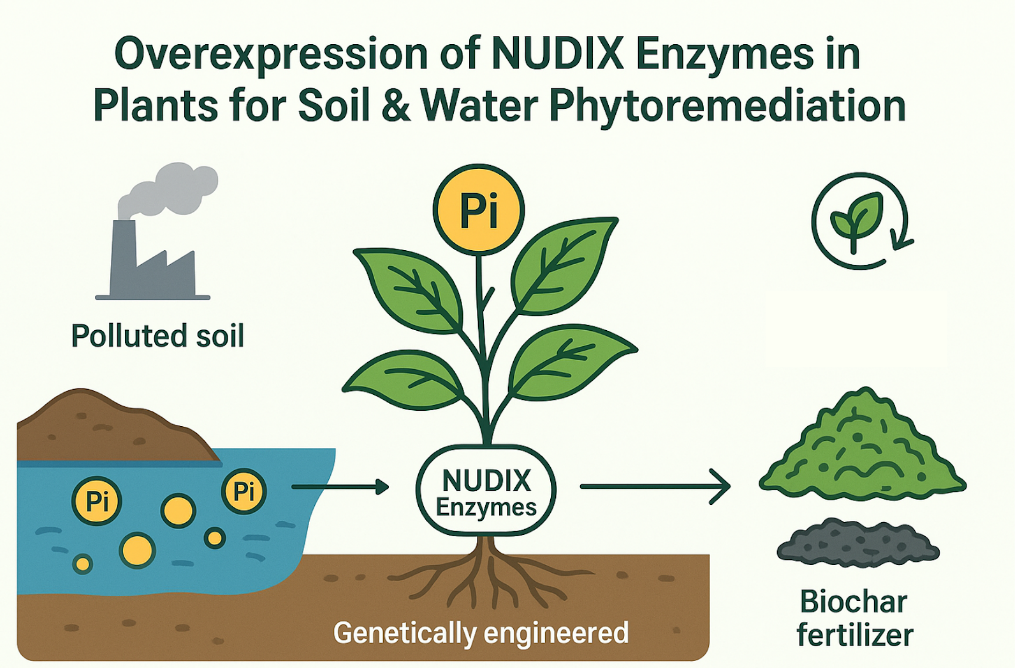THE CHALLENGE
The challenge lies in developing a cost-effective, scalable solution for removing excess inorganic phosphate from agricultural runoff and wastewater that overcomes the limitations of current technologies. Existing methods like chemical precipitation, microbial bioreactors, and natural plants either involve high operational costs, produce difficult-to-handle waste, or perform inconsistently due to environmental factors. Efforts to engineer plants for enhanced phosphate uptake face biological hurdles such as feedback inhibition and growth issues, while key biochemical pathways that regulate phosphate accumulation remain poorly understood, complicating optimization. This creates a significant opportunity to innovate a technology that efficiently captures and recycles phosphate without costly inputs or negative ecological impacts, meeting growing environmental regulations and the global demand for sustainable nutrient management.
OUR SOLUTION
We leverage advanced plant biotechnology to create genetically engineered plants that efficiently extract excess phosphate from polluted soils and waters by rewiring their natural phosphate regulation system. By overexpressing specific enzymes called NUDIX pyrophosphatases, these plants break down key signaling molecules to trigger high phosphate uptake and accumulation in their shoots. This innovative approach not only outperforms traditional methods that rely on chemicals or unmodified plants but also produces biomass that can be converted into valuable, slow-release phosphorus-rich biochar fertilizer. From a business perspective, this technology offers a sustainable, cost-effective, and scalable way to address environmental phosphate pollution while creating a circular nutrient economy, meeting regulatory demands and supporting long-term agricultural productivity.

Figure: Overview of the invention.
Advantages:
- 3 times higher phosphate uptake than conventional phytoremediators
- Dual-use biomass for biochar-based slow-release fertilizer
- Broad crop applicability beyond aquatic species
- Lower operational costs by eliminating chemical treatments
Potential Application:
- Wastewater phosphate removal
- Eutrophic water remediation
- Biochar-based slow-release fertilizer